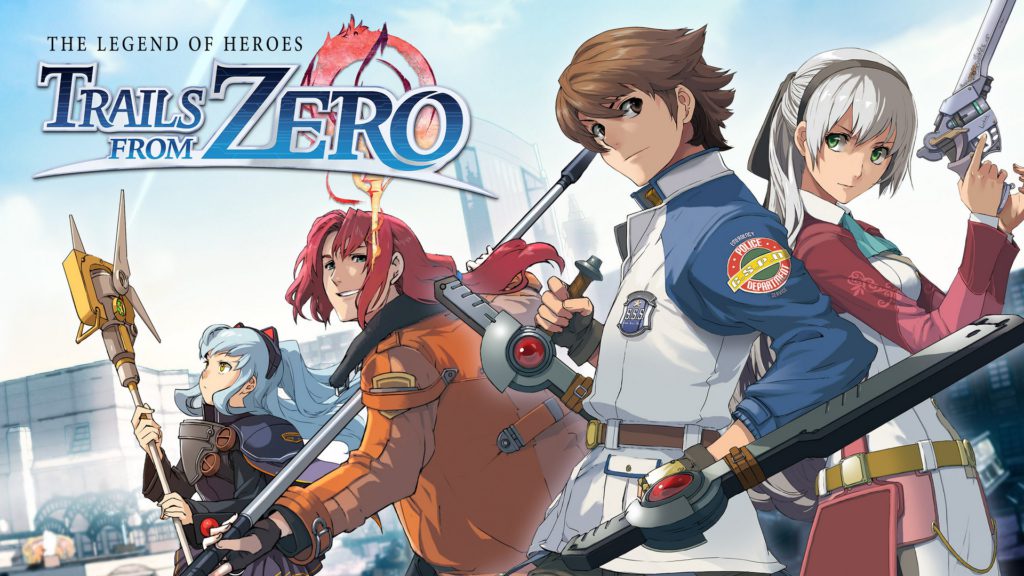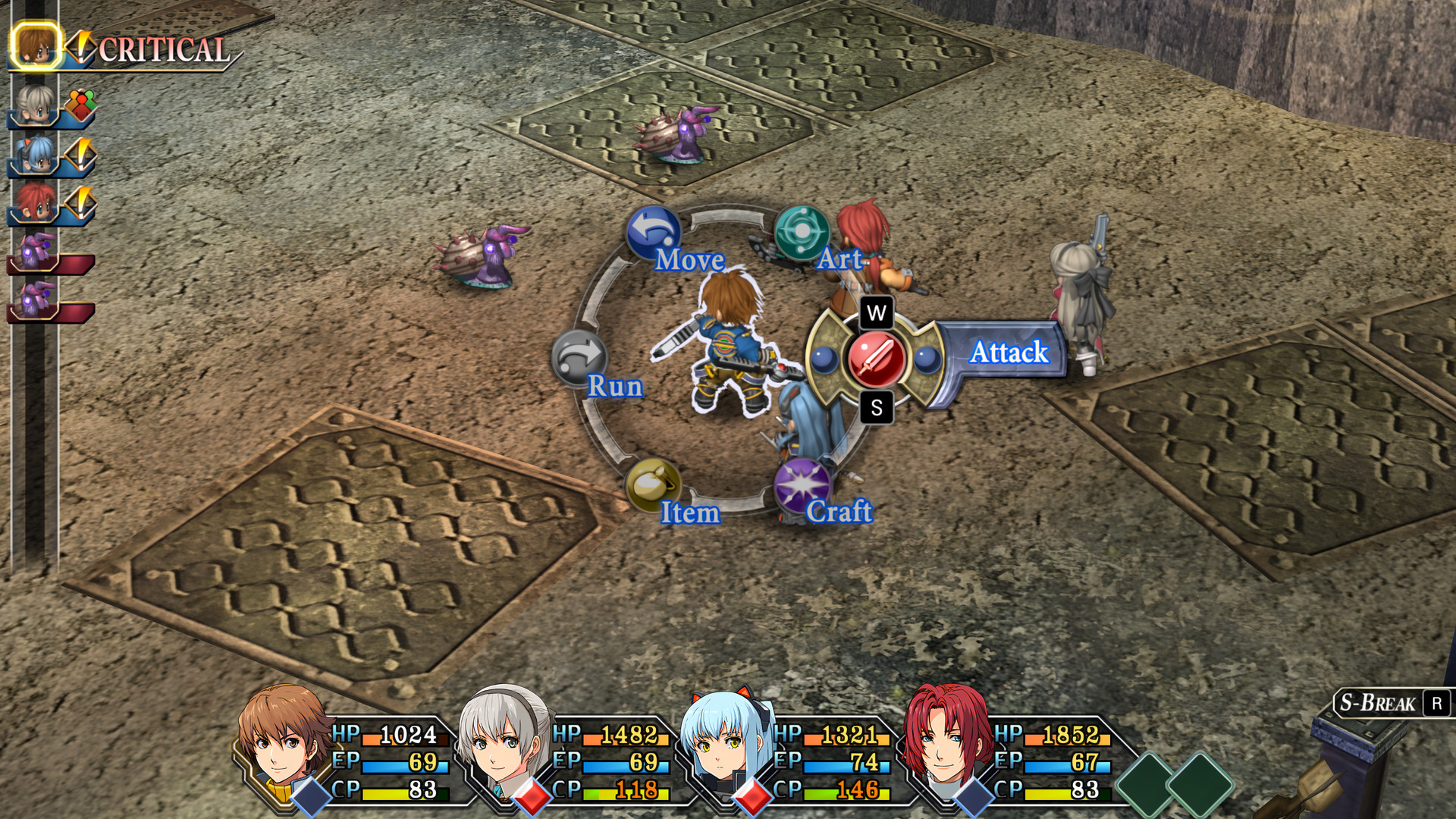
The Legend of Heroes game series has been receiving some love as of late and has seen a fair amount of their entries making the leap to the Western audience. The Legend of Heroes: Trails from Zero is the latest title to be remastered for the Nintendo Switch, one of which is set to expand on the already impressive list of JRPG titles that Nintendo has been releasing as of late. Developer, Nihon Falcom, has remained faithful to the original Japanese-only release, with some updated visuals and a few sneaky life improvement features along the way, though it should be noted that the dialogue will remain in Japanese for this remaster.
While officially being a sequel to another series set in the Trails universe, namely, the Trails in the sky series, this entry is an excellent starting point regardless of how storied or fresh you are. A part of the charm of JRPGs usually can be found in the grand scope of the events, large sprawling environments, investments into your characters, and storylines. For Trails from Zero, the events unfold around the lead character Lloyd Bannings, who is set to follow in his family’s footsteps and rise through the ranks of the Crossbell Police Force. The localised focus on the city of Crossbell and the surrounding region, alongside the static list of characters you will party up with, offers a more personal journey compared to some of the more daunting open-world vistas you would find in the likes of Xenoblade for example.
That’s not to say the story doesn’t feel just as grand. As part of the Special Support Section or SSS, Lloyd and his rag-tag team of misfits must band together to withstand the clashing of the Erebonian Empire and the Calvard Republic force who both lay claim to Crossbell. Building your reputation from, well, zero, you will frequently deal with the Bracer Guild, which has been known to take matters into their own hands over the lackluster police force. Dealing with the progressively involved storylines, the party members bring life to the investigative nature of the missions which ventures into the criminal underbelly of the city and the larger biblical plotlines.

The three additional party members involve the stoic healer Elle McDowell, clashing with the egotistical Berserker, Randy Orlando, offering playful banter at times which drove home the dysfunctional yet unconventionally well-put-together team. Tio Plato, the youngest member, brings a more innocent yet serious tone to the fold, and Lloyd himself, is the driving force to do what is right by Crossbell, no matter how much danger that brings. The story structure requires the team to investigate crimes with a heavy emphasis on text-based exchanges, so having several distinct personalities to coax information from the suspects leads to satisfying trails to follow, and the more involved you are with the side missions, the more lucrative end game you will be rewarded with.
Text-based quest lines are the way to further the narrative, but the pen is mightier than the sword mentality can only carry you so far. There is plenty of opportunity to roll up your sleeves and slug your way through turn-based combat. The trinity of baseline attacks, arts, and crafts that are shaped through the Orbment menu and the equipable quarts will keep the gameplay loop as engaging and in-depth as you can make it. The turn-based system is based on a grid layout to show the area of effect damages and how you move your characters back and forth.
Standard attacks will offer less damage but let you attack again sooner, with Arts offering a magical style attack or support function for stronger effects with a longer wait time as a result. Crafts, however, can be cast for the most powerful actions and can even cut the line and attack out of order, but you must build up to these with timing being crucial to success. The entire system was easy to navigate on the Combat Wheel as I call it, that lets you cycle between the attack, arts, crafts, item, move, or run options on your turn, and any effects afflicted to the characters being displayed directly over the target so you can keep track of the flow of combat.
Being an 11-year-old game, the port to Nintendo Switch wasn’t expected to hit any speed bumps for performance, but in saying that, the final product has delivered a fluent and well-rounded experience. The transitions between scenes were instant, and the colour scheme was equally as impressive in handheld mode, which was my preferred method of play. The fixed camera angles in this isometric title brought to life the pop-up storybook art style with chibi-style character sprites of both humans and various-sized monsters interacting with the world.

The backdrops were in a way, minimalistic in nature, which highlighted the important details that stood out to offer landmarks or clues. The portraits of the characters gave a little more to connect with as the models that cycle through the animations in the game were less detailed. There are a few world details that feel outdated which seems inevitable, but the overall theme stays true to itself though and remained consistent enough to never break the immersion. All of this was paired with a happy go lucky and catchy tunes while exploring, dramatic and imposing tones while on the job, and exhilarating beats during combat for a complete JRPG experience.
With four different difficulty options, the game is open to letting you experience the story at your own pace or fight your way through it if you so desire. Once you pick a difficulty though, you will be locked to that experience, which could impact you if you were struggling and couldn’t drop back a tier. Gathering experience through missions and combat meant more on the higher difficulties as you would be more dependent on building up your healing and offensive synergy. There are a few additional options to tailor your experience, such as being able to toggle the encounters to only trigger if they interact with the party leader, or you can make it activate if they manage to touch any party member. This means avoiding fights could be easier if you desire, and you have the option to speed up the game in general, which was also a welcome addition as the theatrics of the game’s fight animations may be considered time-consuming for some.
The JRPG genre has been a tale as old as time in the gaming world, and having a wider audience be able to experience them has been a beautiful thing to experience as of late. The Legend of Heroes: Trails from Zero was a fantastic introduction to the series for me. The fully realised city of Crossbell and the four members of the SSS were an inviting atmosphere to return to again and again. The level of investment was entirely on me to explore, and the rewards of doing such drove me to invest in the world that lay before me.

The Good
- • The four members of the SSS were well fleshed out and enjoyable to play as.
- • Accessible combat system was easy to navigate
- • Text based investigation missions were engaging
- • Performance was fast and responsive
- • Art style and music were a treat throughout the experience
- • Adjustable menu for game speed and functions
The Bad
- • No English voice options to toggle with
- • Difficulty options are locked once selected








